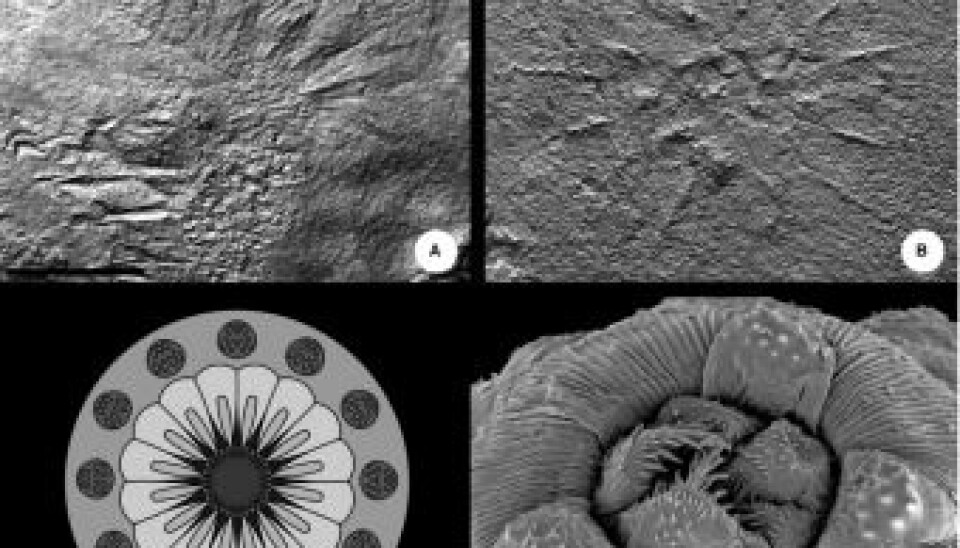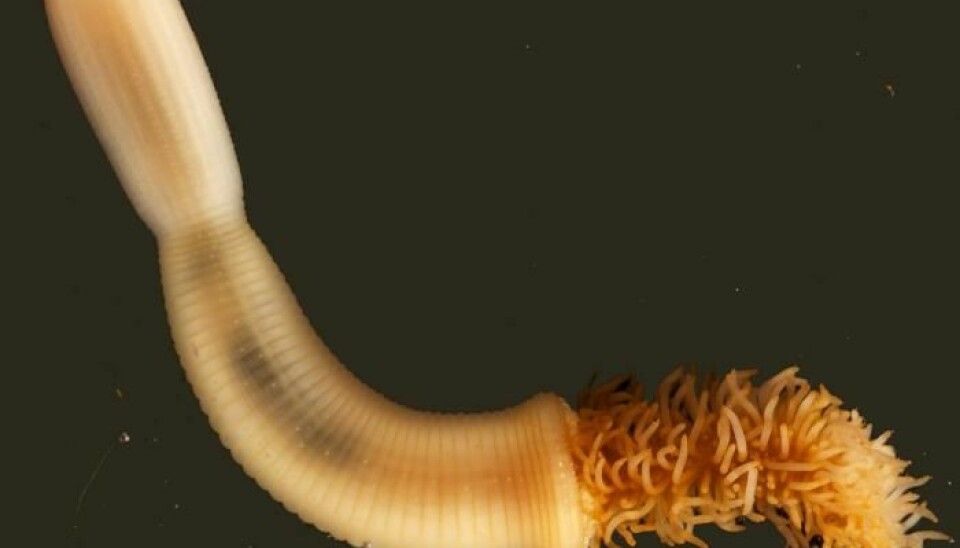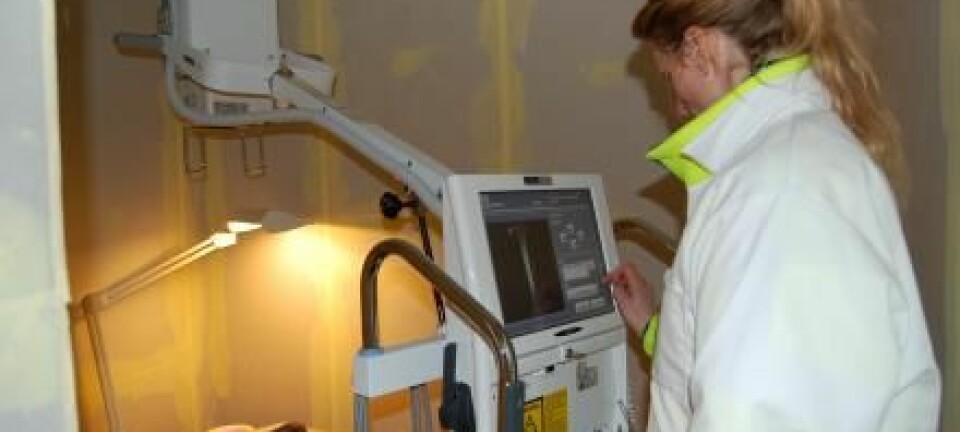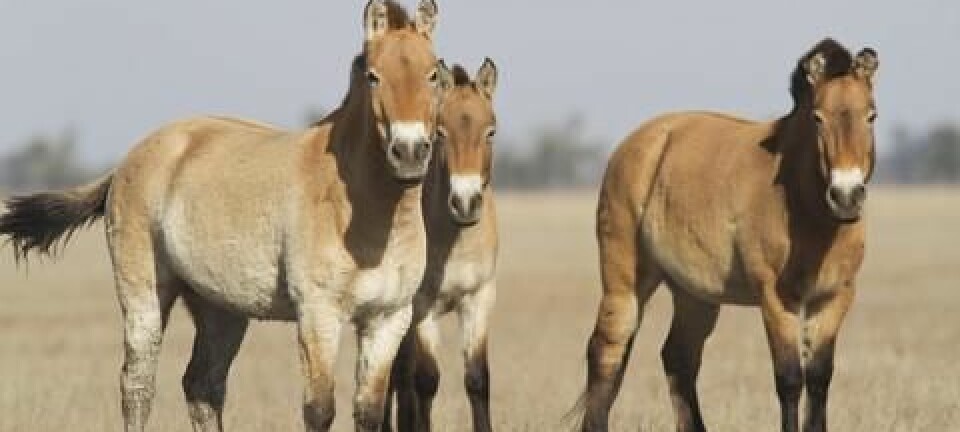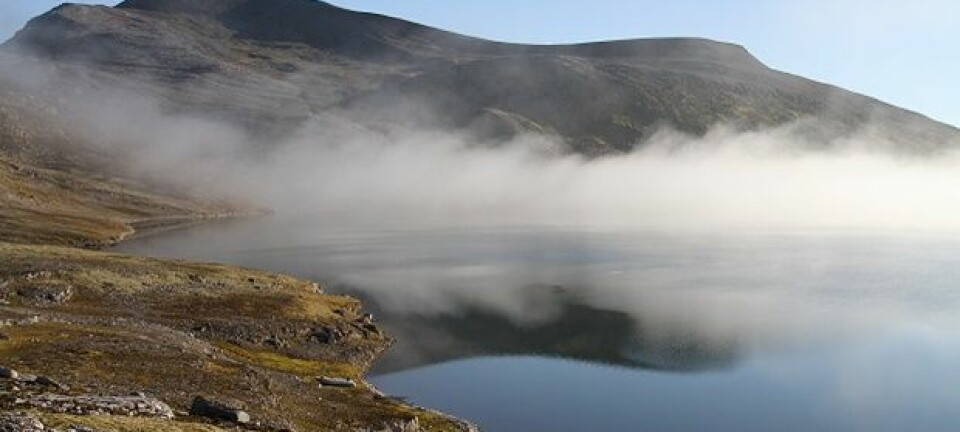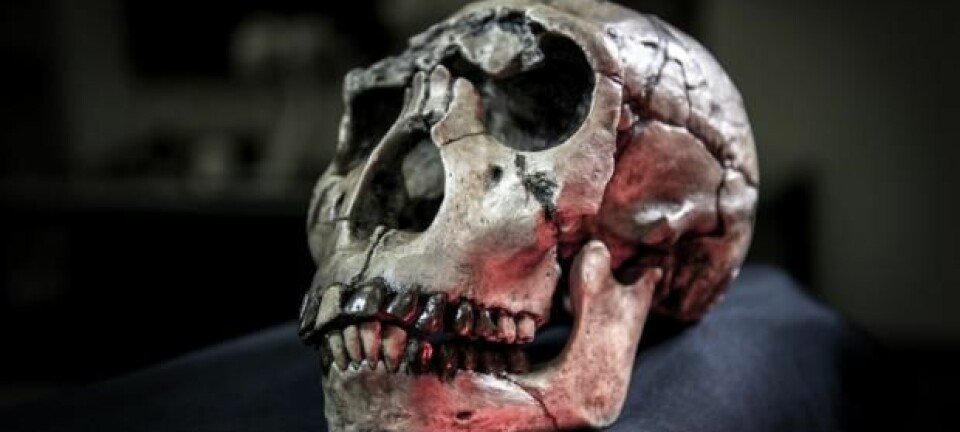‘Penis worm’ is the ancestor of almost all living animals
Newly discovered fossils show that the now almost extinct ‘penis worm’ is the answer to understanding the origin of almost 90 per cent of animal life today.
A new study has described the mouth apparatus of a half billion year old fossilised carnivore, the Pambdelurion, in fine detail for the first time.
In doing so, scientists have discovered that this primitive animal, discovered in Sirius Passet in Greenland, is the common ancestor of all living arthropod animals today.
Arthropods make up 90 per cent of all living animals and include insects, scorpions, mites, and crustaceans.
“We’ve discovered an arthropod that is actually just a penis worm with legs,” says palaeontologist Jakob Vinther from Bristol University, UK.
The mouth apparatus is similar to that found in penis worms, which--while rare--still exist today. This makes the unfortunately named animal, key to understanding the evolutionary origins of all arthropods.
Insights into the Cambrian explosion
Half a billion years ago in the early Cambrian, the now world famous Sirius formation in Greenland lay close to the equator, in a sea dominated by strange carnivores such as the Anomalocaris, the Pambdelurion, and the penis worm.
“Studies of animals from the start of the Cambrian are really important. It’s from here that all modern animal groups descended. You can only find well-preserved fossils from this period in the Burgess Shale in Canada, Chengjiang in China, and Sirius Passet in Greenland,” says Palaeontologist Jesper Milàn from the GeoMuseum Faxe, Denmark. He was not involved in the new study.
The fossils are around 520 million years old, which means that they lived shortly after the Cambrian explosion--an event that took place around 542 million years ago, and from which all life today is descended.
Monster mouth is central in the new study
One of the new and exciting things that Vinther alludes to, is a fossil of the important Cambrian animal: the Pambdelurion.
In the new study, Vinther and colleagues describe Pambdelurion’s mouth apparatus as a circle of needle sharp parts arranged around a central hole, which is similar to that of the present-day penis worm.
It is often hard to place Cambrian fossils within the evolutionary family tree, as many of them had not yet developed the characteristics of modern animals, and many of the fossilised features have since disappeared of developed into something completely different.
The discovery of the similarities between the Pambdelurion’s mouth apparatus and the still living penis worm is like a missing link between the present and the past.
Shared traits: a round mouth, flaps, and giant grabbing limbs
Pambdelurion, together with the Anomalocaris, were the largest carnivores in the Cambrian sea. And they share the same basic features: a round mouth, flaps along the length of their body, and two large grabbing limbs that protrude from their head to catch expecting prey.
Pambdelurion, however, was slightly more primitive, as its grabbing limbs are not articulated, while the Anomalocaris belongs to a branch of animals more akin to modern arthropods.
The two animals take us closer to the common ancestor of all arthropods from both of these branches.
Arthropods common ancestor was a penis worm with legs
The modern day penis worm’s mouth apparatus is very similar to that belonging to the Pambdelurion.
“The new study demonstrates very well that the mouth apparatus is consistent with the structure of the penis worm’s mouth,” says Milàn.
“The penis worm consists of a primitive mouth apparatus, but it’s strongly modified among arthropods and there’s no resemblance at all among modern arthropods,” he says.
It gives penis worm researchers a model of the common ancestor of all living arthropods, which seems to have been a kind of penis worm with legs.
New mouth initiated an arms race among carnivores
The animals from Sirius Passet are evidence for the emergence of carnivores, and their mouth apparatus played a central role.
“There were animals around before the Cambrian explosion, such as plankton that graze on bacterial mats,” says Vinther.
“But the development of the mouth led to carnivores that could eat all the other animals. It created a huge ecological arms race that led to the unbelievable diversity of the Cambrian explosion. This is why these animals are so interesting.”
Animals developed new defence mechanisms
The fossils from the Sirius Passet, Burges shale and Chengjiang are unique witnesses to an explosion in new defence mechanisms such as hard skeletons that protected the animals from attacks.
Animals suddenly increased in size and other animals developed the ability to burrow into the ocean floor.
The wealth of new forms for life that appeared during the Cambrian explosion suggest that many animals diverged to occupy a number of different niches.
Penis worm is the Holy Grail of palaeontology
The Pambdelurion, with its penis worm-like mouth was at the top of the food chain during the Cambrian.
“The penis worm is the holy grail in terms of understanding how all these animals arose, because they represent the closest we can get to their primitive body plan,” says Vinther.
Today, the penis worm is nearly extinct. Just 19 species exist compared to the millions of species of insects.
“Today, the penis worm that formed the seed of the arthropods, round worms, and everything else, is largely a museum curiosity. They live a very still life and it’s purely chance that we still have them,” says Vinther.
-------------
Read the Danish version of this article on Videnskab.dk
Translated by: Catherine Jex

